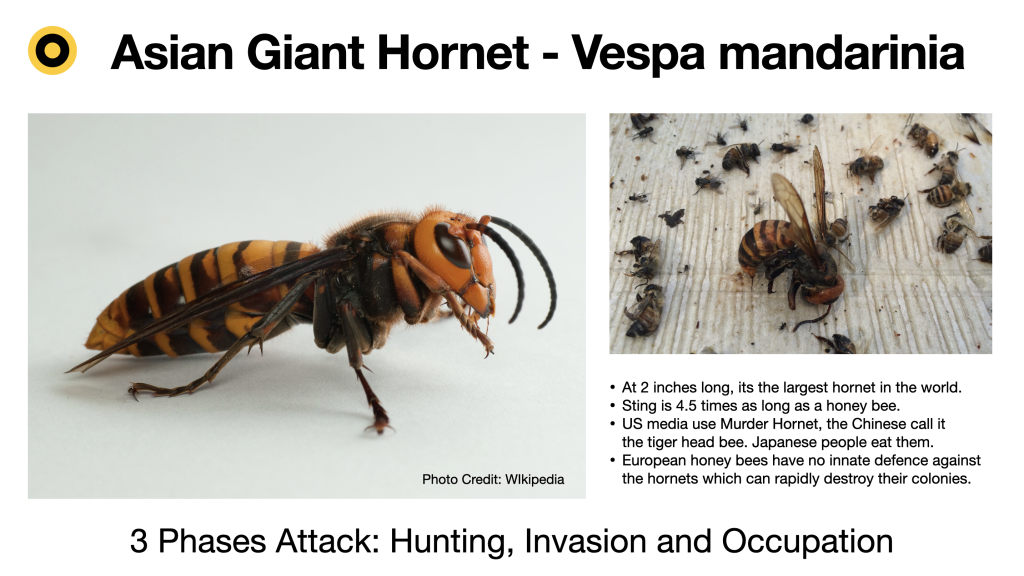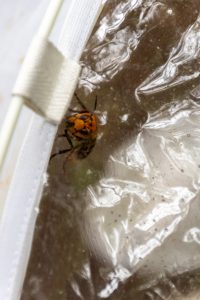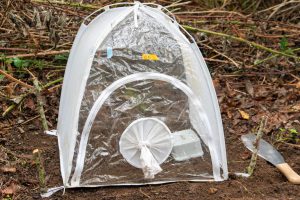 By: Huw Evans
By: Huw Evans
Invasive species are among the leading threats to native ecosystems, habitats and wildlife; they can also have a negative impact on economy and livelihoods. One such example is the Asian hornet (Vespa velutina) first spotted in France back in 2004. Since that time, this honey bee predator has spread all across France, down into Spain and Italy, up into Belgium and even crossed the sea to the UK. As a result, the Asian hornet is now regarded in many parts of Europe as a bigger threat to beekeeping than Varroa destructor. Following several years of field work, conducted in northern Italy, using sound, we managed to identify a pretty robust acoustic signature to identify the invasive hornet. Indeed the algorithm could even distinguish the Asian hornet from the native European hornet (Vespa crabro).
In 2019, Vespa mandarinia was seen for the first time in Washington state and British Columbia. Termed the murder hornet by the U.S. media, the V. mandarinia is larger than its cousin the V. velutina. Furthermore, rather than picking off foragers as they return to the hive, the V. mandriana scouts, invades and occupies honey bee colonies.

Hornet in flight tent

Flight tent with acoustic monitor
Working with the USDA, we were able to position an acoustic monitor within an inch of a nest entrance for several days before the nest was exterminated. This resulted in a large quantity of high quality acoustic data, which enabled us to tune the recognition algorithm to the V. mandarinia. Dr. Chris Looney, entomologist and field engineer at the WSDA, managed to catch a few of the hornets with a net, and contain them in a flight tent along with the acoustic monitor. From this acoustic data, we could see a clear difference in the size of the specimens, later confirmed by size information (weight and dimensions) forwarded by Chris.
The acoustic data also allowed us to observe flight behavior, offering valuable insights into total activity, precisely when the hornets started and stopped flying, flight hours and flight frequency, allowing us to plot the daily flight profile. Furthermore, we could retrospectively apply the size information giving us insights into the nest demographic.
One of the major obstacles facing field engineers studying the hornet and tracking its spread is one of inaccessibility; these areas rarely have cell coverage or even good road access. Therefore, the ability to monitor for hornets remotely is very valuable. This has been achieved using a gateways unit with satellite communications to which up to 32 acoustic monitors can communicate, raising an alarm if a hornet is seen or monitoring activity in areas the hornets are already established. Moving forward, such acoustic monitoring techniques can be employed both within the apiary and at major ports or other potential points of entry.
Dr. Huw Evans. Heads BeeHeroX, the innovation arm of BeeHero.
Acknowledgments: Dr. Chris Looney (WSDA), Dr. Todd Gilligan (APHIS) and Anne M Lebrun (APHIS).








